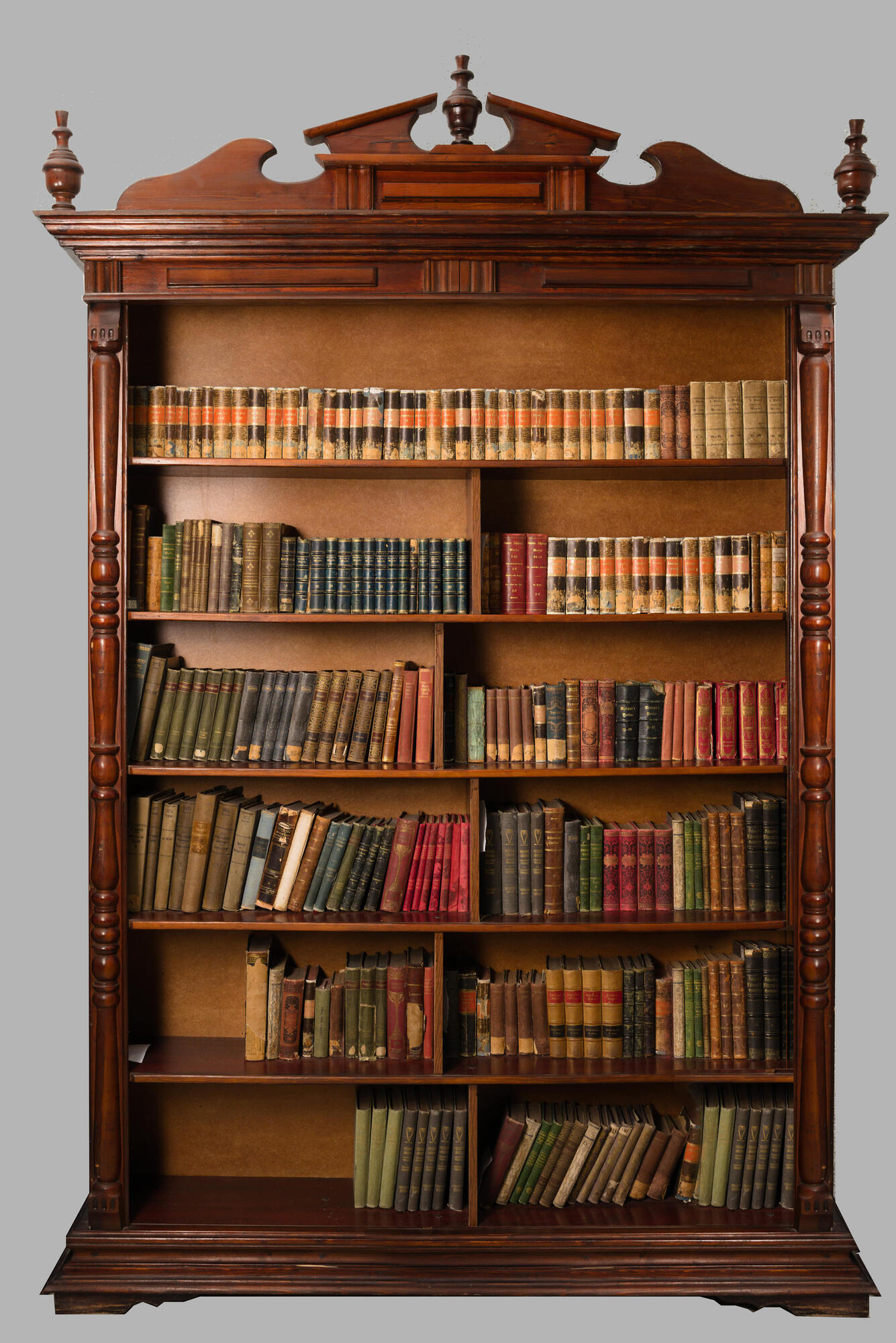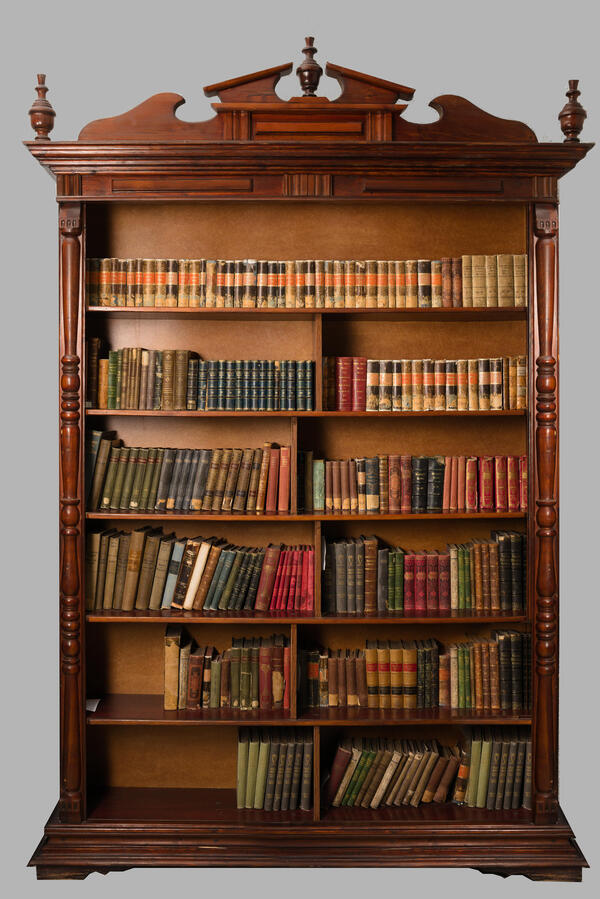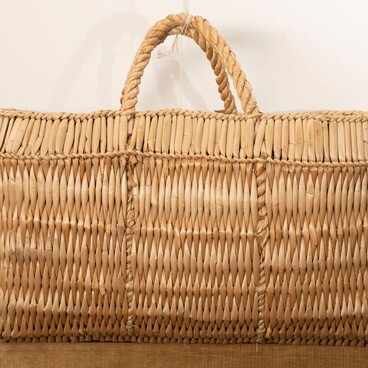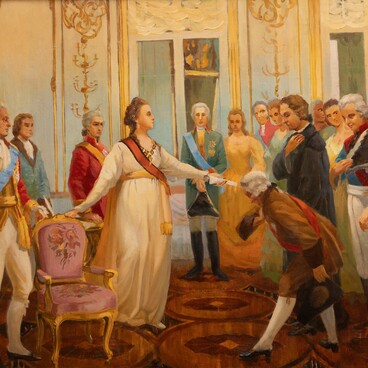The main purpose of book cabinets is to store books, but they also allow displaying a book collection, which for many people serves as a decoration of the house and as a feather in the cap.
The Sareptians were literate, reading people. They subscribed to literature from Berlin, Dresden, Petersburg. Already in the middle of the 19th century, Sarepta, a German colony, became the cultural and scientific center of the Volga region. Over the entire history of its existence the colony has educated about 50 famous scientists, writers, poets and artists.
Many Sareptians had good home libraries of both German and Russian books. The book cabinets in Sarepta had an important place in the home and bore witness to family traditions.
The first public library in the Volga region also appeared in Sarepta. It played a significant educational role. At first, the books in the library were predominantly of theological content, but over time, literature on agricultural technology, crafts, gardening, beekeeping and home economics appeared.
The library was replenished mainly at the expense of parcels from Germany from the faithful fellows of the Sarepta Hernguters who remained there. The management of their church played the role of a unifying body. It also had its own publishing house. The readers of the Sarepta library were mainly pastors and teachers, including from other German colonies, who specially came to the town to visit this library.
It is believed that the chest was the distant ancestor of the book cabinet. Such cabinets did not have shelves, books and other things were stacked in them in bulk, but they had an indisputable advantage - a good lock that provided protection and safety of their owner’s property. Book cabinet acquired a more familiar form in the heyday of the Middle Ages. The shelves were equipped with doors that protected books from dust and dirt.
The classic shape of the cabinet, which we still use in the interior, was created by the British around the 18th century. Book cabinet has become a sustainable, beautiful and elegant piece of furniture where printed and handwritten publications were stored.
Throughout history book have long been a luxury item, and only the very wealthy people could have own libraries.
The Sareptians were literate, reading people. They subscribed to literature from Berlin, Dresden, Petersburg. Already in the middle of the 19th century, Sarepta, a German colony, became the cultural and scientific center of the Volga region. Over the entire history of its existence the colony has educated about 50 famous scientists, writers, poets and artists.
Many Sareptians had good home libraries of both German and Russian books. The book cabinets in Sarepta had an important place in the home and bore witness to family traditions.
The first public library in the Volga region also appeared in Sarepta. It played a significant educational role. At first, the books in the library were predominantly of theological content, but over time, literature on agricultural technology, crafts, gardening, beekeeping and home economics appeared.
The library was replenished mainly at the expense of parcels from Germany from the faithful fellows of the Sarepta Hernguters who remained there. The management of their church played the role of a unifying body. It also had its own publishing house. The readers of the Sarepta library were mainly pastors and teachers, including from other German colonies, who specially came to the town to visit this library.
It is believed that the chest was the distant ancestor of the book cabinet. Such cabinets did not have shelves, books and other things were stacked in them in bulk, but they had an indisputable advantage - a good lock that provided protection and safety of their owner’s property. Book cabinet acquired a more familiar form in the heyday of the Middle Ages. The shelves were equipped with doors that protected books from dust and dirt.
The classic shape of the cabinet, which we still use in the interior, was created by the British around the 18th century. Book cabinet has become a sustainable, beautiful and elegant piece of furniture where printed and handwritten publications were stored.
Throughout history book have long been a luxury item, and only the very wealthy people could have own libraries.



